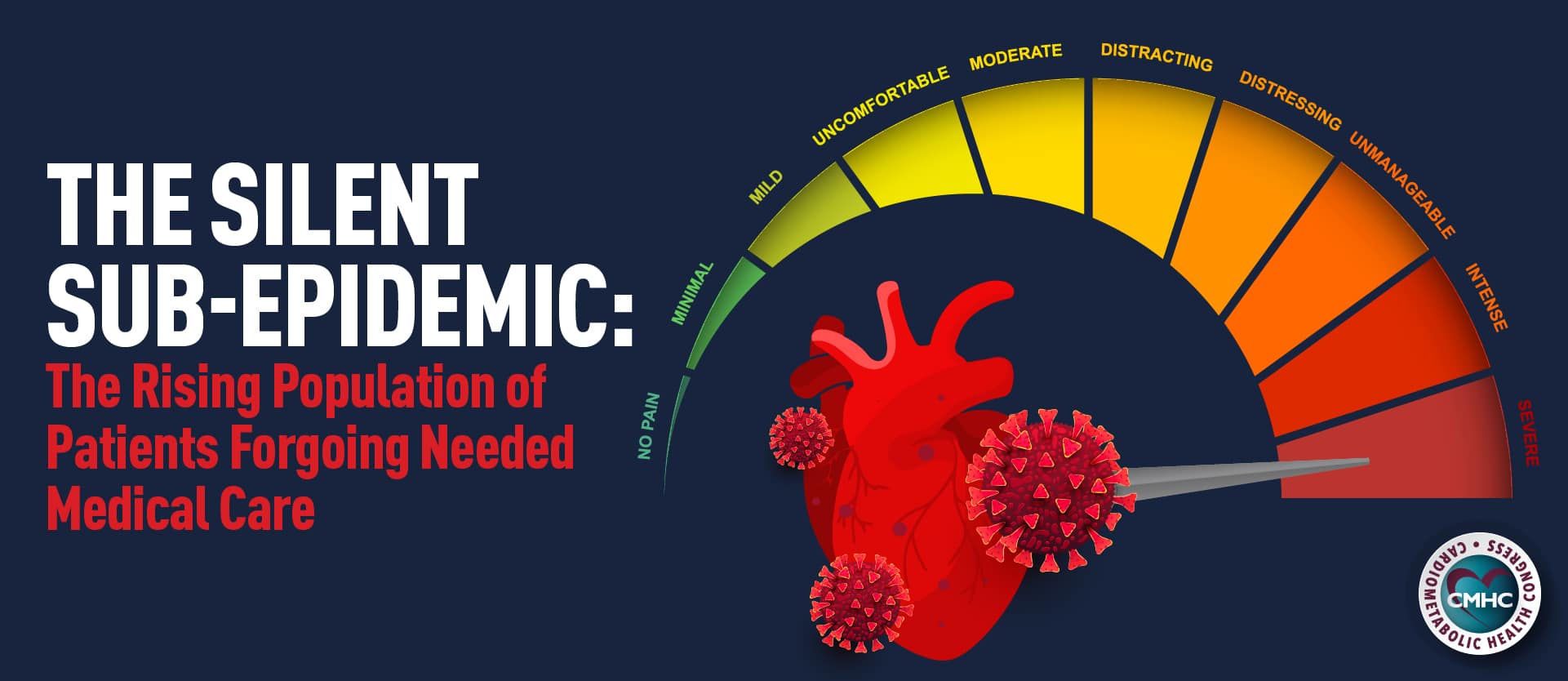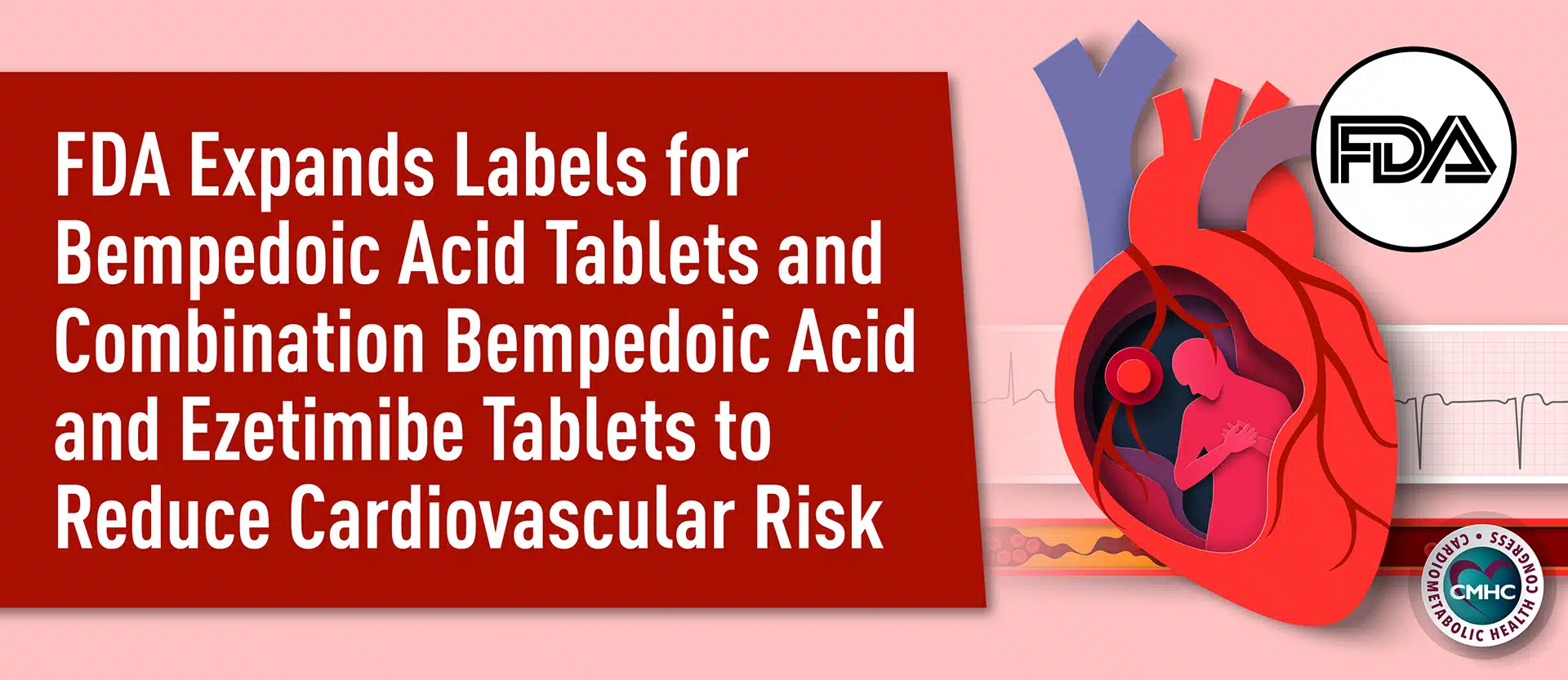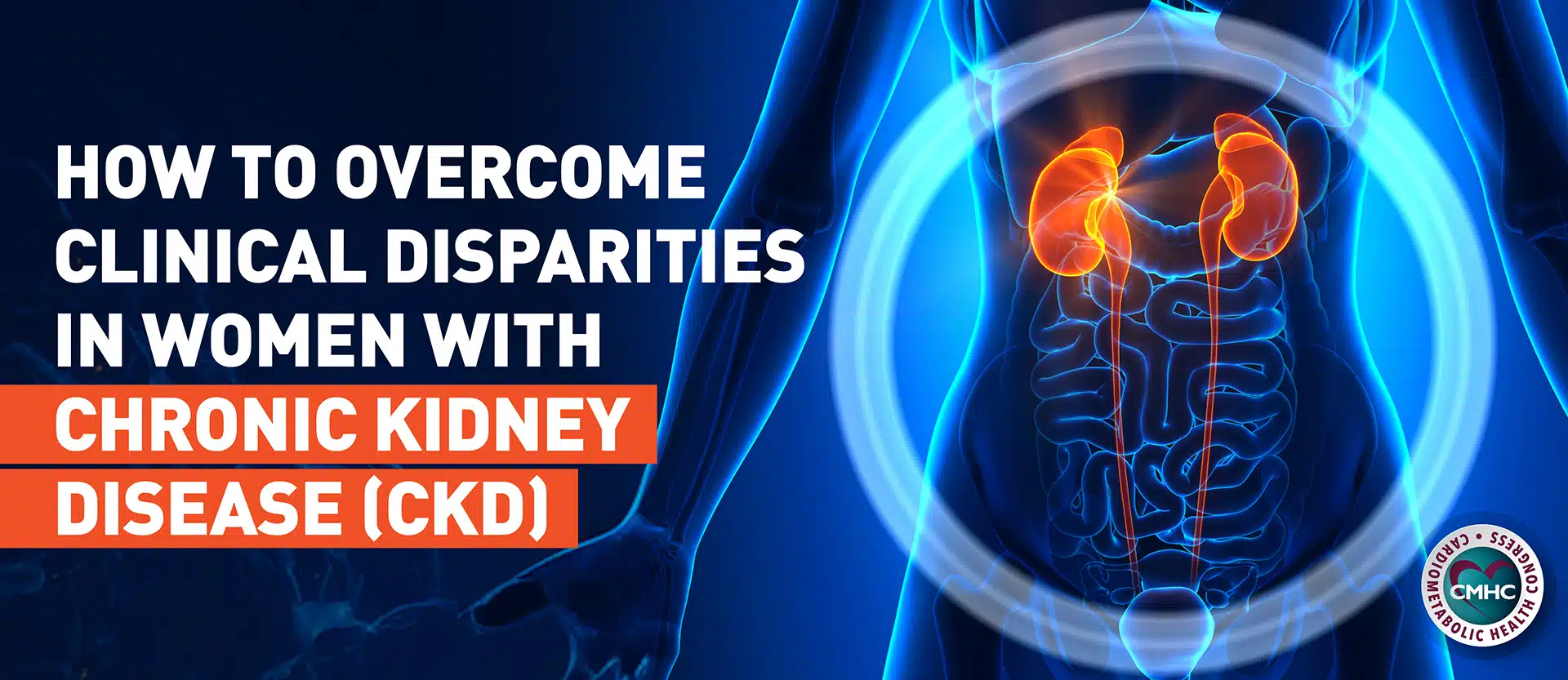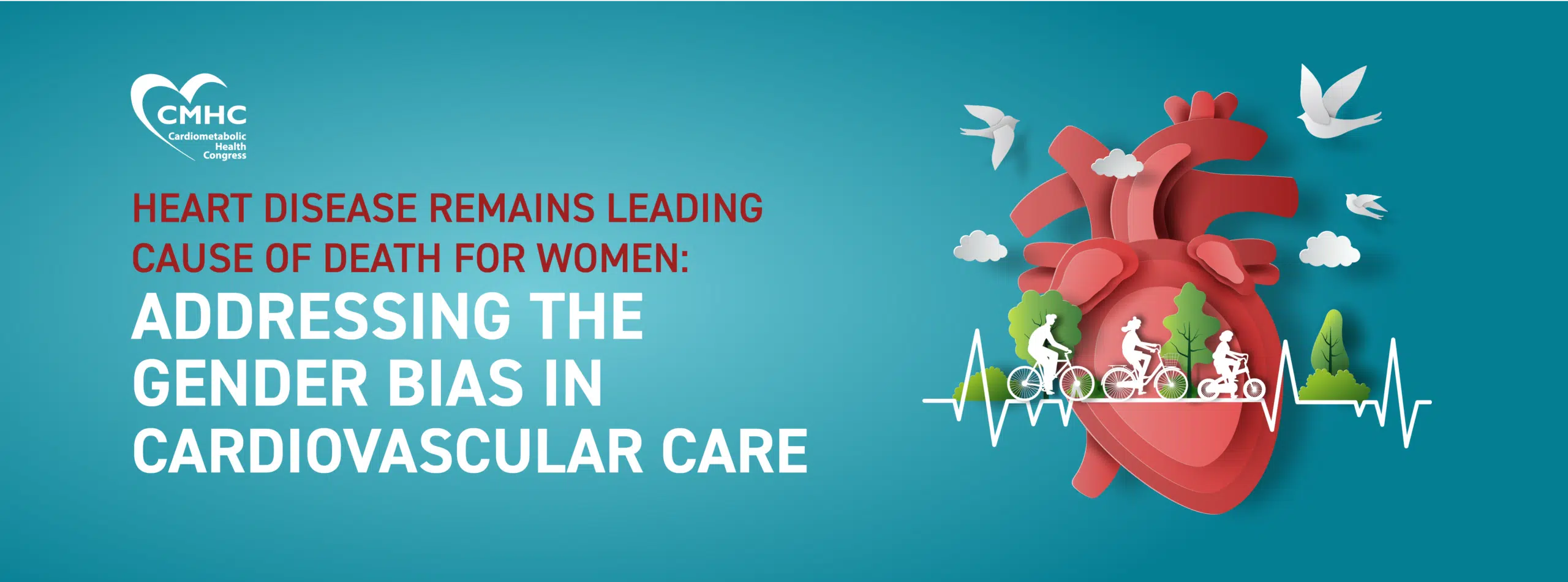With the novel coronavirus (COVID-19) outbreak taking over hospitals across the country and globe, elective procedures postponed, and non-emergency visits cancelled, many hospital units and healthcare facilities have been entirely transformed into specialized COVID-19 units. Many others, however, have retained most of their previous operational capacities yet are faced with a lack of incoming non-coronavirus patients. John Puskas, a cardiovascular surgeon at Mount Sinai, reports cardiac units filled with COVID-19 patients and a dramatic decrease in heart patients seeking urgent care in an article published in the Washington Post.
Suddenly, many emergencies have seemingly disappeared, heart attack and stroke teams left idle as a survey of major hospitals reveals a 40% drop in the number of severe heart attacks being treated at U.S. facilities since the outbreak began in March. Statistics and anecdotal evidence of the decline in cardiac patients have left many cardiologists worried about a growing yet silent sub-epidemic – that of a population forgoing needed medical care out of fear.
Concerned with virus exposure, it appears many patients are delaying seeking care – increasing the risk of irreparable heart or brain damage and other debilitating complications – while some are so afraid to enter hospitals they are dying in their homes. This has contributed to a second wave of deaths across the nation, caused indirectly by COVID-19 and the widespread fear associated with the virus.
Nationwide and Global Problem
Dr. Harlan M. Krumholz, a cardiologist at Yale New Haven Hospital and New York Times contributor, reports that the decreasing number of cardiology consultations is not just occurring in the most impacted area but across the United Sates. “In an informal Twitter poll by @angioplastyorg, an online community of cardiologists, almost half of the respondents reported that they are seeing a 40 percent to 60 percent reduction in admissions for heart attacks; about 20 percent reported more than a 60 percent reduction,” Krumholz summarized in a New York Times article.
This phenomenon is being witnessed across the globe as researchers from Spain report similar numbers; the country noted a 40% reduction in emergency heart attack procedures during the final week of March when compared with pre-pandemic statistics. Correspondingly, data from the United Kingdom and China confirms decreases in cardiac patients as related to the virus outbreak.
“And it may not just be heart attacks and strokes,” Krumholz writes, “Colleagues on Twitter report a decline in many other emergencies, including acute appendicitis and acute gall bladder disease. Experts believe the COVID-19 pandemic has developed a sub-epidemic of fearful patients, including those with inflamed appendices, infected gall bladders, bowel obstructions, and other serious health conditions. Some believe mortality rates associated with untreated health problems will rival those of the virus itself.
Decreasing Numbers of Patients
“Everybody is frightened to come to the ER,” John Puskas of Mount Sinai told The Washington Post in a recent interview. At the Medical University of South Carolina, doctors worry patients with mild stroke symptoms – numbness, loss of sensation or weakness on one side of the body – may be enduring them alone at home for fear of contracting the coronavirus. Functioning as a leading stroke center, MUSC used to average close to 600 presumed stroke calls per month; it reported only 100 in the first half of April, according to director of neurovascular surgery Alex Spiotta. Even the number of telestroke program calls has dropped – from an average of around 20 per day to only 9 in mid-April.
Meanwhile, the University of Miami-Jackson Memorial Comprehensive Stroke Center reported a decrease in stroke patients of 30% from February to March. Preliminary findings from a forthcoming report to be published in the Journal of the American College of Cardiology reveal a 38% drop in STEMI patients across 9 high-volume catheterization labs across the U.S. indicating the potential scale of the problem.
Delayed Presentation
Another rising concern is the percentage of patients coming in at the latest possible moment, presenting with incredible heart damage, ruptured muscles, and other complications as a result of delayed care. Trauma medical director at the Medical University of South Carolina Evert Eriksson describes 70% of recent appendicitis cases as late presentations – a state in which it is difficult to operate safely. Meanwhile, a mounting body of evidence suggests many patients experiencing severe heart attacks are not presenting for urgently needed medical interventions at all.
Increase in Risk Factors, Decrease in Cases
Statistics reported nationwide and from countries across the world indicate decreasing numbers of cardiac patients and cardiovascular events, however, this data is counterintuitive and points to a bigger problem. Experts anticipated heightened stress levels caused by the virus to increase the number of heart attack cases – in particular, because of COVID-19 being an inflammatory disease with the potential to exacerbate heart muscle damage. Instead, trends show the opposite effects within the healthcare system with a high number of suspected “missing” patients. “That has to mean they are at home or in the morgue,” Mount Sinai’s Dr. Puskas commented.
Alongside heightened stress levels, social isolation and quarantine measures can exacerbate depression, anxiety, and other mental health conditions – all of which are associated with at least doubled risks of heart attack. In addition, respiratory infections like COVID-19 tend to increase the risk of cardiovascular events; research suggests recent infections can double the risk of heart attack or stroke in patients. At the same time, employment-related stress – which may be at an all-time high right now – has proven to significantly increase the risk of a heart attack. However, despite a drastic uptick in cardiovascular risk factors, cardiac patients continue to decline in presentation.
Where Are The Missing Patients?
According to Dr. Puskas of Mount Sinai, many of the cardiac patients considered “missing” may be currently among those being treated for COVID-19 and suffering from severe forms of the disease.
Others believe the “missing” patients may be deceased. According to data reported by PBS, emergency medical technicians in New York City experienced a 4-fold increase in house calls for cardiac symptoms between March 30 and April 5. However, in the majority of these cases, EMTs were unable to revive patients. Cardiac experts predict a rise in cardiovascular deaths due to patients not seeking care out of fear during the pandemic or delaying calling for help until symptoms have worsened beyond control.
Fear of Face-to-Face Care
Experts believe the most likely and most concerning reason behind the decline in cardiac patients being witnessed at hospitals across the country is the avoidance of healthcare facilities at this time in fear of the coronavirus. Instead, patients are choosing to suffer at home despite the urgency of their symptoms, only seeking medical attention after their condition has drastically worsened. This has been the case in Hong Kong, where doctors report an increase in patients presenting mid-heart attack.
The current trends in U.S. hospitals indicate a growing fear of face-to-face medical care. “I think patients are scared to be exposed. Their perception is that hospitals are hotbeds for exposure and contamination,” president of the Heart Failure Society of America Biykem Bozkurt told PBS in an interview.
A recent survey conducted by Gallup aimed to determine the scale of this phenomenon by asking people with a variety of conditions to gauge their level of concern about coronavirus exposure “if they needed medical treatment right now at a hospital or doctor’s office.”
Up to 86% of poll respondents with heart disease answered either “very concerned” or “moderately concerned,” as did 83% of patients with high blood pressure.
This widespread fear of virus exposure in cardiac patients has been exacerbated by public health messaging, which emphasizes heart disease as a strong risk factor for serious COVID-19 infection. The “stay at home” message has been communicated perhaps too successfully, as more patients ignore heart attack symptoms and avoid in-person care leading to detrimental outcomes.
“There is the erroneous perception that there are no resources or staff to provide urgent or emergency care for non-COVID patients or that everything is deferred,” Bozkurt added, “That is wrong. And the deferral of care with heart failure can be deadly.”
Outreach Programs
The repercussions of delayed treatment, avoidance of in-person care, and other fear-based behaviors can be life-threatening. So much so that national heart heath organizations and health care providers across the country have begun developing outreach programs aiming to encourage patients to come in when they need treatment. Medical professionals are even turning to Twitter, Instagram, and other social media platforms to reach at-risk patients.
As part of the response, the American College of Cardiology has launched the “Cardiosmart” campaign to reassure wary patients and encourage them to seek urgent care when necessary, emphasizing hospital safety and the virus prevention protocols in practice. Dr. Krumholz from Yale New Haven Hospital highlights the urgent need to alleviate patients’ fears, inciting them to come in for prompt treatment in order to avoid long-term complications and possible loss of life.
As the time to treatment is a primary factor for determining health outcomes of cardiovascular patients, new public health messaging must aim to communicate the need to seek urgent care despite virus-related fears. Now more than ever, it is essential to maintain open lines of consistent communication with patients – via telephone, patient portals, or other forms of telemedicine – especially for those that may be avoiding face-to-face care. With an abundance of telehealth technologies at their disposal, health care providers are able to closely monitor patients via remote medical devices, which can also help signal adverse trends in vital measurements and forewarn cardiovascular events.
Health care organizations and practitioners need to combat prevailing perceptions to minimize the pandemic toll, which could be made even worse by the prevalent fear of in-person care. Patients must be made aware of hospitals’ ability to provide safe care and a safe environment for those not suffering from COVID-19, as well as the incredible risks involved in delaying needed care which may ultimately surpass those associated with the virus itself.


















